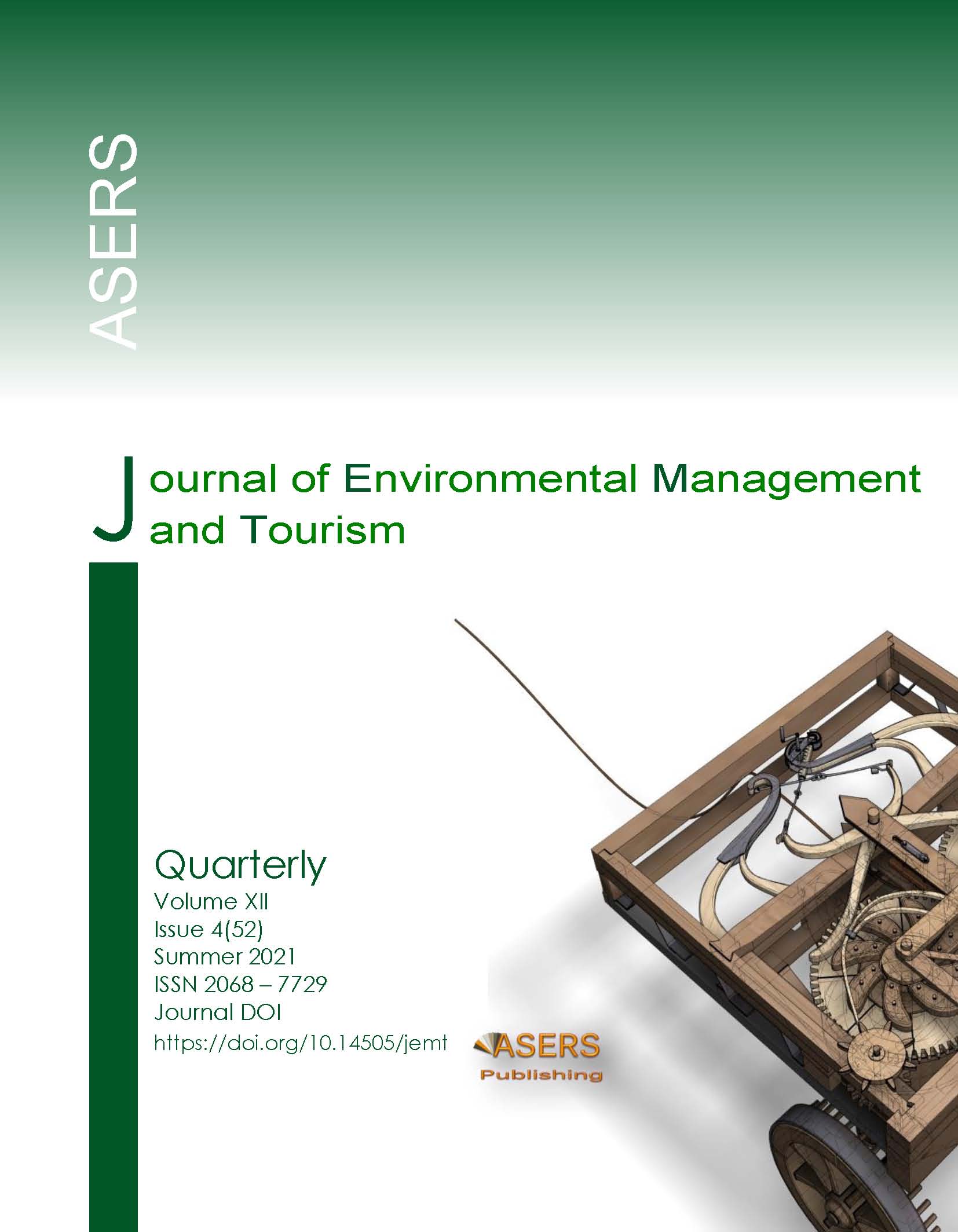Tourist Perceptions on Brand Equity for Authentic Product: Specific Case of Traditional Culinary in Karawang, West Java
Abstract
The research is aimed to obtain a comprehensive description of brand equity of authentic-culinary product which is (roasted fish wrapped in a banana leaf) that is mostly found in Karawang as the original culinary food. The samples of this research are the visitors of tourism destinations in Karawang who come to traditional restaurants serving the traditional food. Factor analysis is used as data analysis technique to find determinant factors of this research object. In overall, brand equity of traditional culinary food has better level compared to its awareness and loyalty level. As a matter of fact, the customer trust of traditional restaurant is still in unpromising level. In other hands, all of the brand equity dimensions have significant causality level in creating brand equity. Image and trust become strong and significant dimensions in making loyalty.
References
[2] Durianto, D., and Sitinjak, T. 2001. Strategi Menaklukkan Pasar Melaluirisetekuitas Dan Perilakumerek. Jakarta: Gramedia Pustaka Utama,
[3] Flavián, C., Guinalíu, M., and Gurrea, R. 2006. The role played by perceived usability, satisfaction and consumer trust on website loyalty. Information and Management 43,1: 1-14.
[4] Gil, R.B., Andres, E.F., and Salinas, E.M. 2007. Family as a source of consumer‐based brand equity. Journal of Product and Brand Management 16, 3: 88-199.
[5] Go, F., Govers, R. International Place Branding Yearbook 2010: Place Branding in the New Age of Innovation. Springer, 2010.
[6] Goeldner, C.R., Ritchie, J.B. 2007. Tourism Principles, Practices, Philosophies. John Wiley & Sons,
[7] Ismayanti. 2009. Pengantar Pariwisata. Jakarta: Grasindo,
[8] Janianton, D., Weber, F.H. 2006. Perencanaan Ekowisata Dari Teorike Aplikasi. Yogyakarta: Andi Offset,
[9] Kandampully, J., and Hu, H.H. 2007. Do hoteliers need to manage image to retain loyal customers?. International Journal of Contemporary Hospitality Management 19, 6: 435-443.
[10] Kim, H., and Kim, W.G. 2005. The relationship between brand equity and firms’ performance in luxury hotels and chain restaurants. Tourism Management 26, 4: 549-560.
[11] Konecnik, M., and Gartner, W.C. 2007. Customer-based brand equity for a destination. Annals of Tourism Research 34, 2: 400-421.
[12] Kotler, P., Keller, K.L. 2012. Marketing Management. New Jersey: Pearson Education.
[13] Lau, G.T., and Lee, S.H. 1999. Consumers' trust in a brand and the link to brand loyalty. Journal of Market-Focused Management 4, 4: 341-370.
[14] Matzler, K., Grabner‐Kräuter, S., and Bidmon, S. 2008. Risk aversion and brand loyalty: the mediating role of brand trust and brand affect. Journal of Product and Brand Management 17, 3: 154-162.
[15] Park, S.-H. 2009. The antecedents and consequences of brand image: Based on Keller’s customer-based brand equity. Unpublished doctoral dissertation, Columbus, US,
[16] Park, Y., and Njite, D. 2010. Relationship between destination image and tourists' future behavior: Observations from Jeju island, Korea. Asia Pacific Journal of Tourism Research 15,1: 1-20.
[17] Rangkuti, F. 2009. The Power of Brand. Jakarta: Gramedia.
[18] Sugiyono. 2010. Metode Penelitian Bisnis. Bandung: Alfabeta.
[19] Tan, T.M., Ismail, H., and Devinaga, R. 2015. Malaysian fast food brand equity. The Journal of Developing Areas 49, 5: 53-65.
[20] Tjiptono, F. 2011. Manajemen dan Strategi Merek. Yogyakarta: Andi.
[21] Yuwo, H., Ford, J.B., Purwanegara, M.S. 2013. Customer-based brand equity for a tourism destination (CBBETD): The specific case of Bandung City, Indonesia. Organizations and Markets in Emerging Economies 4,1: 8-22.
Copyright© 2025 The Author(s). Published by ASERS Publishing 2025. This is an open access article distributed under the terms of CC-BY 4.0 license.
